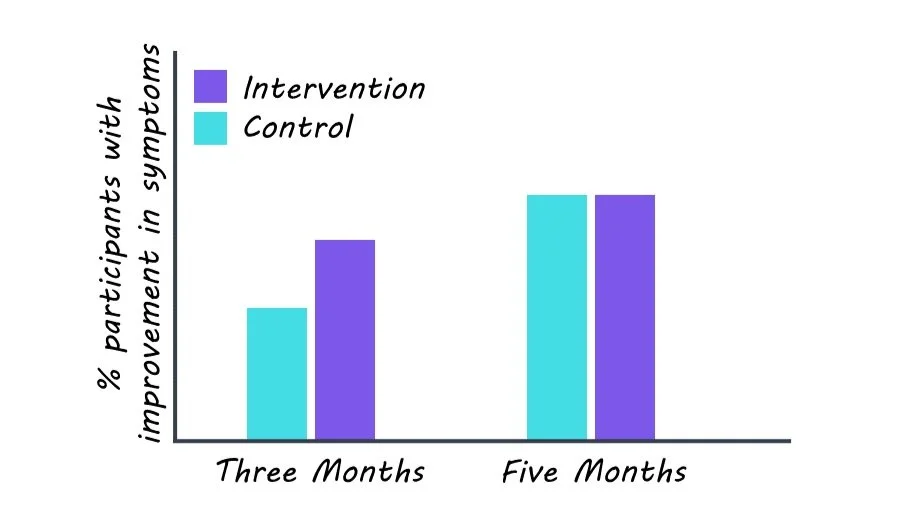A Mobile Messaging Intervention Can Improve Depression Symptoms in Older Adults
Post by Lila Metko
The takeaway
Adequate mental health care for older adults is a growing concern in low and middle-income countries. A new mobile messaging intervention, developed to combat this issue, was able to help older adults with depressive symptoms in Brazil by improving their condition to a less depressed state.
What’s the science?
Given that 69% of the world's older population live in low and middle-income countries, and that the healthcare workers in these countries are already overstretched with a heavy workload, a virtual yet efficacious option for mental health treatment is needed. This week in Nature Medicine, Scazufca and colleagues assess the effectiveness of a mobile messaging intervention in older adults with depressive symptoms, that uses two techniques called psychoeducation and behavioral activation. Psychoeducation is a specific way of educating patients about their condition, which can have a therapeutic value to them. Behavioral activation is the encouragement of the individual by their mental health provider to engage in a constructive activity like going for a walk in nature or calling a good friend.
How did they do it?
The researchers recruited 603 participants who were over the age of 60, experienced depressive symptoms, and had access to WhatsApp mobile messaging. These participants were recruited from underprivileged areas in a major metropolitan region of Sao Paulo, Brazil. Participants were randomly separated into two groups, an intervention arm, and a control arm. The intervention arm participants received a self-help mobile-based intervention developed based on the principles of psychoeducation and behavioral activation. Forty-eight WhatsApp messages in either video or audio format (depending on the message) were sent to the participants so that they received a message twice a day, four days a week for six weeks. The audio messages were 3 minutes long, and contained fictional characters who discussed symptoms of depression and potential interventions, mentioning fictional situations of interventions that had been beneficial in the past. The visual messages were summary diagrams designed to reinforce the audio message content. The control group received only one six-minute message that briefly discussed symptoms of depression and how to manage them.
Participants’ level of depressive symptomology was measured at baseline, three months after the intervention, and five months after the intervention. The two measures assessed related to symptomology were: improvement in depressive symptomology and reduction in depressive symptomology. Improvement in depressive symptomology constituted having a score on the depressive symptom questionnaire below a specific value and reduction in depressive symptomology constituted having a reduction in their depressive symptomology questionnaire score by at least 50%.
What did they find?
Participants in the intervention arm had improvement and reduction in depressive symptomology at three months but not at five months. A complier average causal effect (CACE) analysis indicated that, for the three-month time period, as the number of messages opened by the participants increased (compliance), so did the effect of the intervention.
What’s the impact?
Many low and middle-income countries such as Brazil have a treatment gap for mental health. This is especially concerning due to the growing population of older adults, and the need for mental health care. Roughly 30% of Brazilian older adults in low-resource settings experienced symptoms that could indicate clinical depression. This research indicates that self-help interventions for depression are feasible and efficacious in low and middle-income populations.

